Written by Daniel Matthews
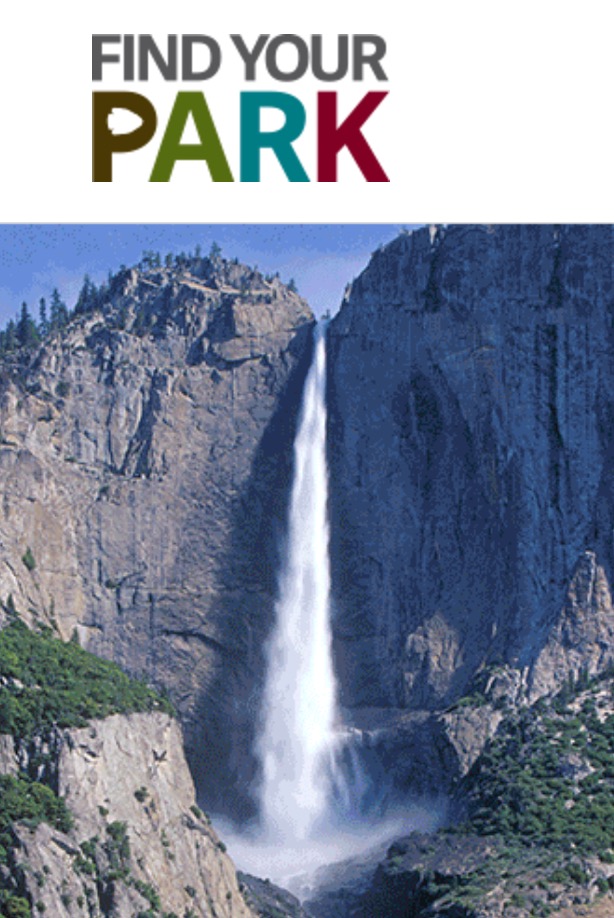 2016 marks the centennial birthday of the National Park Service (NPS), and they’re celebrating with a new campaign urging you to Find Your Park and make use of the vast network of territories under NPS jurisdiction. The website comes complete with an interactive, GPS-enabled map to help people locate their neighboring park.
2016 marks the centennial birthday of the National Park Service (NPS), and they’re celebrating with a new campaign urging you to Find Your Park and make use of the vast network of territories under NPS jurisdiction. The website comes complete with an interactive, GPS-enabled map to help people locate their neighboring park.
But there’s a problem: the parks are falling apart. If we can’t focus on improving infrastructure, and include national parks as part of that focus, the future may not see many parks for you to find.
But are national parks a vital part of our infrastructure? Should we channel more of our incredibly scarce infrastructure dollars to parks instead of somewhere else?
The case for national parks
In 1983 Wallace Stegner said, “National parks are the best idea we ever had. Absolutely American, absolutely democratic, they reflect us at our best rather than our worst.” He echoed FDR, who said in 1936, “There is nothing so American as our national parks.”
Throughout America’s history, our infrastructure has been the underlying fabric that allows us to live the way we do. Wilderness parks, while not the brick-and-mortar infrastructure that makes up our roads and sewer systems, are part of our green infrastructure, or “the network of land and water that supports native species, maintains natural and ecological processes, sustains air and water resources, and contributes to the health and quality of life of people and communities.”
Tourism from the parks also supports local economies, but tourist traffic increases wear and tear on park infrastructure. Maintenance backlogs lead to park shutdowns. In turn, shutdowns close the valve on tourism dollars.
Public-private partnerships
One potential solution to the problem might come in the form of Public-Private Partnerships (PPPs) as a means of both funding repairs and making them.
Proponents such as Warren Meyer (interviewed here by Parks and Recreation magazine) say that PPPs solve the maintenance problem while leaving the authority of the NPS intact.
But wouldn’t the privatization of national parks detract from their role as a public natural resource, and promote commercialization? Would it lead to increased entrance fees? And after all, isn’t the National Park Service, after one hundred years of service, best equipped with the experience to maintain park infrastructure?
They’re not equipped, in fact, because of long-standing shortfalls in funding.
Already there are cases in which companies partner with the NPS. For instance, travelers who stay at the Grouse Mountain Lodge in Whitefish, MT, might not know it’s owned by a company that partners directly with Glacier National Park and the NPS. The concessionaire runs multiple lodging destinations in and around the park, as well as a transportation shuttle.
Elsewhere, the Denali Backcountry Lodge offers a bus into Alaska’s Denali backcountry, where cars aren’t allowed. Alaska Denali Travel, a private entity, runs the lodge and the bus. They partner with Denali National Park and Preserve, as well as the NPS. The bus allows the park to prohibit cars, while offering an alternative form of transportation for visitors.
Both Glacier Park, Inc. and Alaska Denali Travel are divisions of a multi-national company: Viad Travel & Recreation. Hypothetically, Viad could partner with the NPS and invest funds and personnel in park operations and maintenance. The company would have incentive to do the job well because profits depend on the parks staying open and attracting visitors.
Precedent for partnerships
In 2013, the American Society of Civil Engineers (ASCE) gave Public Parks and Recreation a C- grade on its infrastructure report card. The report card states that “NPS appropriation shrank by 13% from 2001 to 2011”.
But the underfunding hasn’t just affected national parks. It’s a crisis for city and state parks, too. In order to solve this problem, according to the ASCE, “cities and states are relying more and more on private funds to build and run their facilities, in the form of donations to private foundations, corporate sponsorships, and other public-private partnerships.”
The ASCE’s report goes on to advocate for partnerships between the NPS and “other recreation facilities operators” as well as “private groups.” Along with increased appropriations and other measures, the ASCE believes PPPs are a viable solution.
According to the ASCE, the U.S. Forest Service (USFS) also faces a maintenance backlog. The USFS needs $5.3 million, 60% of which is on account of bad roads.
In 2011, the USFS established a PPP strategy. One result is a partnership with Coca-Cola, in efforts to restore the health of America’s watersheds and forested lands. The agency and the soft drink company have a mutual interest in this area. According to the Forest Service, “Coca-Cola is pursuing its sustainability and water replenishment goals, while the USFS and its foundations are ensuring an ample, clean drinking water supply and healthy fish/wildlife habitat.”
In California, California State Parks (CSP) started actively seeking out private partnerships in 2012. This was after financial difficulties and an announcement that 70 state parks would have to close. The resulting partnerships with multiple organizations kept the parks open.
The road ahead
Partnerships established with the USFS and states like California could serve as blueprints for similar partnerships with the NPS. Warren Meyer and other proponents of PPPs on a national level note that entrance fees at state parks haven’t gone up, and neither have extraneous forms of advertising.
Still, who’s to say all that wouldn’t change once PPPs enter the park system on a large scale?
The situation finds our national parks between a rock and a hard place. To keep parks open, we have to find a sustainable funding source for maintenance and operations. If Congress can’t approve more appropriations for the parks, the NPS will be forced to make systemic changes. The slope is already sliding toward private investment, but it’s up to the American people (and policymakers) to decide what will ultimately happen.
The NPS campaign to Find Your Park is not just a centennial celebration; it’s a reminder to all Americans to consider how we want our national parks to look—and operate—both now and in the future.
…
Daniel Matthews is a freelance writer and musician from Boise, Idaho with a Bachelor’s Degree in English Creative Writing from Boise State University. He has written for Triple Pundit, Switch and Shift, Jeff Bullas’ blog, Lifehack, and Paste Magazine. He’s the grandson of an United States senator, and his interest in America’s infrastructure stems from his interest in what makes this country great: the determination, brilliance, and hard work of those who came before us, and our determination to carry the torch.
Tags: Daniel Matthews, Find Your Park, National Park Service, NPS, PPPs, Public-Private Partnerships

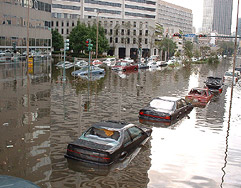
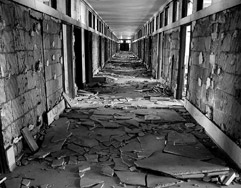
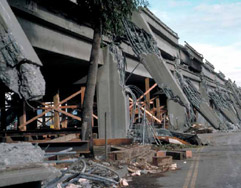
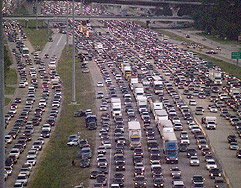
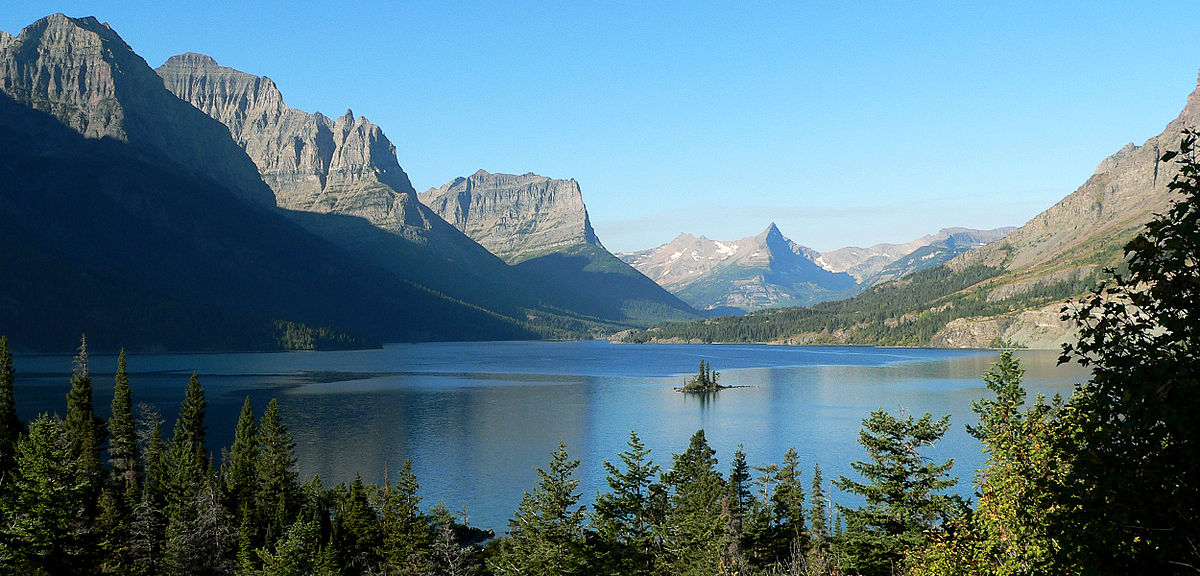

 RSS Feed
RSS Feed